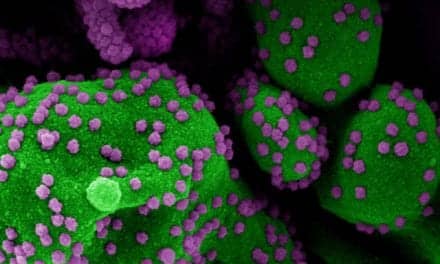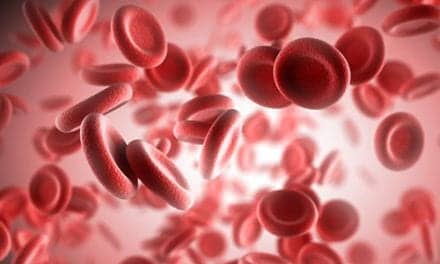Investigators at the Research Institute at Nationwide Children’s Hospital have identified the genetic signature of respiratory syncytial virus (RSV), the leading cause of infant hospitalizations around the world.
Scientists hope their findings, available in the open-access, peer-reviewed journal PLOS Medicine, will aid the development of a vaccine and a tool that could allow physicians to determine the severity of the infection when symptoms first develop.
“Despite the disease burden, there is no approved vaccine and it is impossible to predict which patients will go on to develop more serious symptoms and require hospitalization,” says Asuncion Mejias, MD, PhD, principal investigator in the Center for Vaccines and Immunity at Nationwide Children’s and a co-lead author of the new study.
“The ability to identify which patients are at risk for severe RSV disease when they first present for treatment would enable physicians to better triage patients, providing early and more targeted interventions.”
For the research, investigators compared the RNA transcriptional profile in whole blood taken from children less than 2 years old who were hospitalized with RSV, human rhinovirus, or influenza virus infection (rhinovirus and influenza are two additional viral causes of LRTI). They compared the findings to samples taken from healthy infants.
They found that in those with RSV, genes involved in the function of interferon and neutrophils were activated, while genes that regulate T and B cells in the adaptive immune system were suppressed.
Plugging this biosignature into an algorithm that yields a score called “molecular distance to health,” researchers were able to link specific scores to disease severity. The scores were so precise, in fact, that researchers could tell from the scores how many days RSV-infected infants had required hospitalization or supplemental oxygen.
“We showed that screening RNA profiles is a useful tool from the diagnostic point of view, as it allowed differentiation from influenza and rhinovirus infections with great accuracy,” said Mejias. “It also helps us better understand the pathogenesis of this infection and, more important, to objectively assess disease severity in these patients.”









